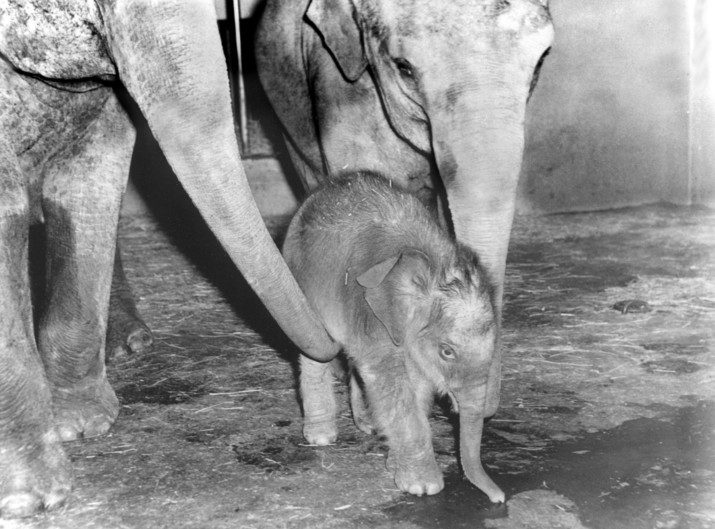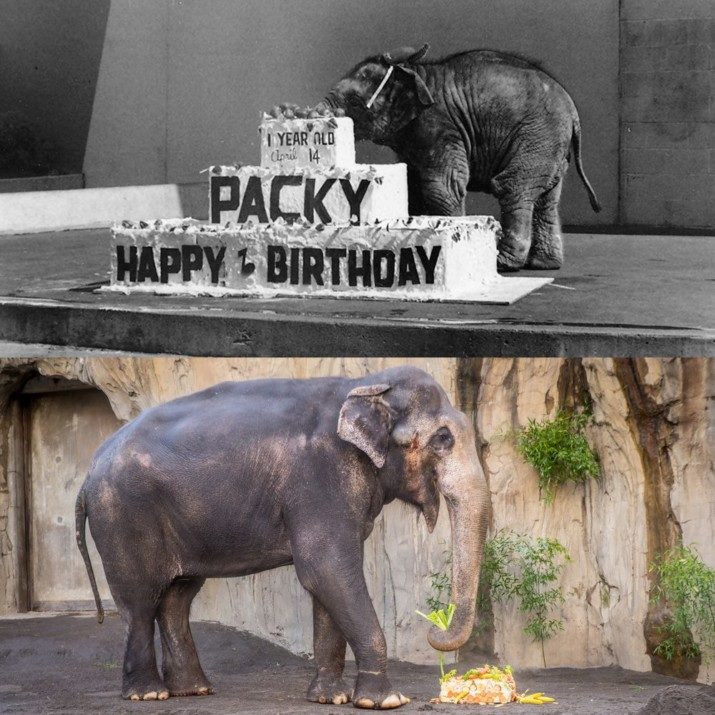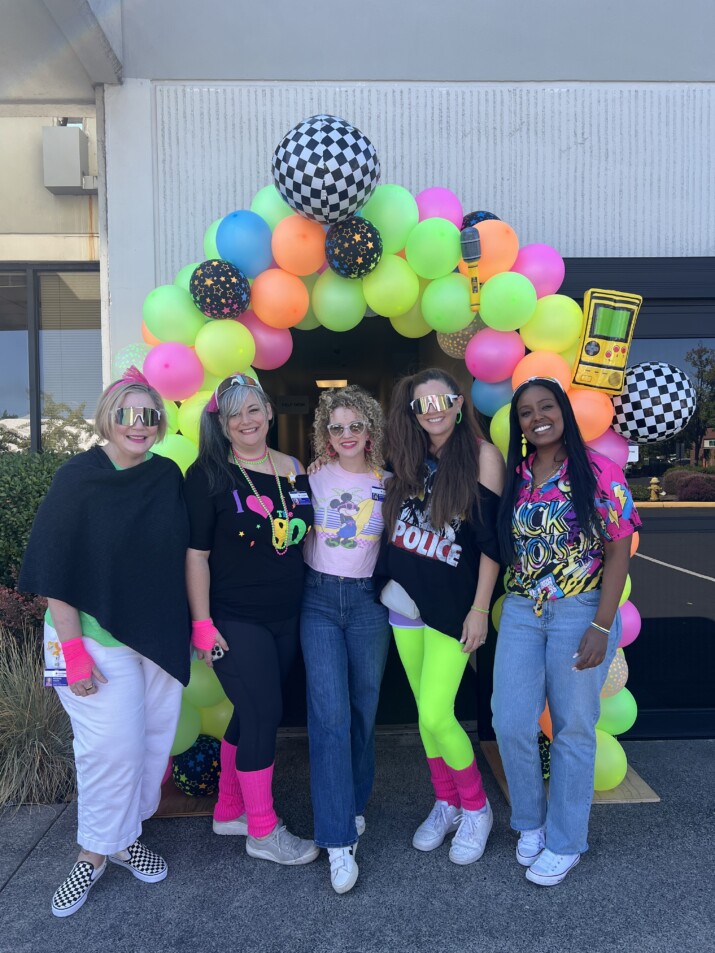Portland, July 25th, 2013. The Oregon Zoo this week began its yearlong treatment regimen for…
The decision to euthanize came following a lengthy search for alternative treatment options after test results last fall indicated Packy was suffering from a drug-resistant strain of TB.
“We’d run out of options for treating him,” said Dr. Tim Storms, the zoo’s lead veterinarian. “The remaining treatments involved side effects that would have been very hard on Packy with no guarantee of success, plus a risk of creating further resistance. None of us felt it would be right to do that. But without treatment, his TB would have continued to get worse. We consulted other experts — veterinarians and pharmacists — and a lot of people were involved in this decision, but that didn’t make it any easier. Anybody who’s had a sick or elderly pet knows how painful this can be, even if you know it’s the best thing for the animal.”
“This is a tremendous loss for the entire community,” said Dr. Don Moore, zoo director. “Packy was one of the most famous animals in the world, but to the people who live here, the people who grew up with him, he was family.”
Packy arrived shortly before 6 a.m. on April 14, 1962, earning international attention, including an 11-page feature in Life magazine. He would become one of the best-known animals in the world — inspiring books, records, Rose Parade floats — and much of what we now know about elephant care can be traced back to him.
His birth, and those that followed over the next 20 years in Portland, helped scientists better understand Asian elephants and ushered in a new era in the species’ care and welfare.
“These were completely uncharted waters,” Lee said. “Before Packy arrived in 1962, just one elephant had been born in any North American zoo — that one was born almost 100 years ago and only lived a for few weeks.”
In the late 1950s, the zoo’s first veterinarian, Matthew Maberry, was part of a team working to design facilities that provided elephants with much more freedom than was common in zoos at the time. These facilities, built in 1960, allowed for normal social interactions and natural breeding among the elephants, which led to a string of successful pregnancies and births over the next two decades. From the time of Packy’s birth in 1962 to his daughter Shine’s birth in 1982, more than 75 percent of the Asian elephants born in North America — 21 out of 27 — were born in Portland.
Packy’s spirit is said to live on in the personality of his daughter Shine, (pictured above) as well as in the zoo’s state-of-the-art Elephant Lands habitat, the design of which he helped inspire.
“Packy’s birth started it all,” Lee said. “The focus on elephant welfare, the knowledge about elephants. If you think about the time when he was born, it’s mind-boggling — Kennedy was president, the Beatles hadn’t made any records yet, cigarettes didn’t have warnings from the Surgeon General. We’ve learned so much about elephants since then, and it never could have happened without Packy.”
A memorial event for Packy will be announced as soon as plans are finalized. Until then, people can offer condolences or share favorite memories of him on the zoo’s Facebook page.
The Oregon Zoo is recognized worldwide for its Asian elephant program, which has spanned more than 60 years. Considered highly endangered in their range countries, Asian elephants are threatened by habitat loss, conflict with humans and disease. It is estimated that just 40,000 to 50,000 elephants remain in fragmented populations from India to Borneo. The zoo supports a broad range of efforts to help wild elephants, and has established a $1 million endowment fund supporting Asian elephant conservation.








